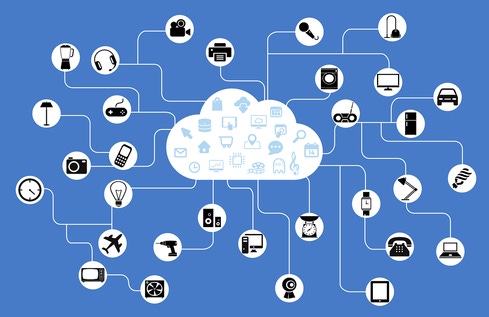If enterprises adopt IoT guidelines put forth in a recent study from Accenture and Fjord, it could fundamentally change the way you go about your job as an IT pro.


Get A Raise: 11 Do's And Don'ts For IT Pros
Get A Raise: 11 Do's And Don'ts For IT Pros (Click image for larger view and slideshow.)
A study from Accenture and Fjord provides advice for those looking to make inroads on better design of Internet of Things (IoT) products. If enterprises adopt these guidelines, or head in similar directions, it could fundamentally change the way you go about your job as an IT pro. It's time to start rethinking your skillset for the coming decade.
The study focuses on something Accenture calls Living Services. Essentially, that's the firm's name for smart devices that learn from what we do. While I can't say I support the name, the basic concept of devices that learn from us and begin to make some of our decisions for us (like turning the heat up or down, or turning off the lights when we leave the room) is at the heart of IoT. The study points out that, for the most part, smart devices aren't yet doing that. They are often programmable and interactive, but aren't yet making decisions for us. However, this is the next step, and it is only a year or two away, especially in healthcare, wearables, and climate control.
There are two things you need to know about IoT that will help you figure out what skills you need for the future: Services are about to atomize, and Artificial Intelligence (AI) will be at the heart of future products.
[ Here are more skills you'll need. Read 15 Hot Skill Sets For IT Pros In 2015. ]
Accenture sees atomization as an extension of what is already happening. We're becoming a plug-in world. Imagine something like Google Maps. It is often embedded into other products, but still maintains a brand of its own. It is unlikely that each of your smart appliances will have its own interface with proprietary software. Why have a smart refrigerator with one experience, and a smart pantry with another? Instead, each will have an embedded food supply experience (perhaps an app for food ordering). A device might also have a temperature-control app, one monitoring energy use, and a recipe app that tells you what you can make from what you've got on hand. Each experience will be branded across the devices it pertains to, essentially branching throughout the Internet to perform the functions it's needed for in each product. The service and the device it resides in will not be identical.
Keep that in mind when we talk about AI at the heart of future products.
These products will need to be designed to gather information about our habits and preferences. In other words, they need data. Accenture's advice is that IoT products need to be designed with the data in mind first. What data will they draw and how will they draw it? How can they draw that data with minimal input from the consumer? How can they make decisions for the consumer by using "human bandwidth"? In other words, the amount of data that goes in has to be bigger than the amount of data that comes back. For it to be a service, the human needs to be able to make minimal investment inputting data and reading data as it comes back.
How IoT Will Change IT Jobs
With Accenture's concepts in mind, this is how IoT will change job of IT:
We're all data scientists. If we're designing for data first, it means that whether you are a software engineer designing an interface for a new IoT product, a network engineer designing how a product will interact with your system, or a UX engineer trying to help a human interact, at heart you are a data scientist. Your job is to help your customers interact as seamlessly as possible with the data driving the product.
Developing AI is the next hard-to-find talent. The early IoT products are going to be mostly rules-driven IFTTT kinds of programs. It doesn't take special AI to turn down the air conditioning if no one is home. But IFTTT is only going to get us so far. For more complicated decisions in IoT, AI will be needed. For now, AI has been seen as the special province of research on supercomputers like Watson, or something we use in gaming. But if it enters the retail space, AI experts will suddenly be in wide demand.
UX is king. One of the findings of the Accenture study was that the barrier for going from one brand to another is dropping rapidly. Customers now expect a best-in-class experience from any product, regardless of cost. It is expensive to buy a new refrigerator to get a new best-in-class experience, but if refrigerators are software driven, downloading a different refrigerator app is simple. The UX of your app is what gets your refrigerator, or your food-selling app, or anything else, into your customer's house.
Behind AI and UX, programming gesture technology will become another skill to have. If the goal is to reduce input from consumers to limit their investment with an IoT product, gestures (and voice) will be one way to do that. Again, gesture interfaces are mostly in research right now. If they become a major part of retail, will there be enough gesture experts to fill the gap?
These four major areas of expertise will be coming into high demand in the near future if IoT evolves in the way Accenture and many other experts, predict that it will. Are you ready? What skills do you think you'll need for the IoT? Share in the comments section below.
About the Author(s)
You May Also Like







